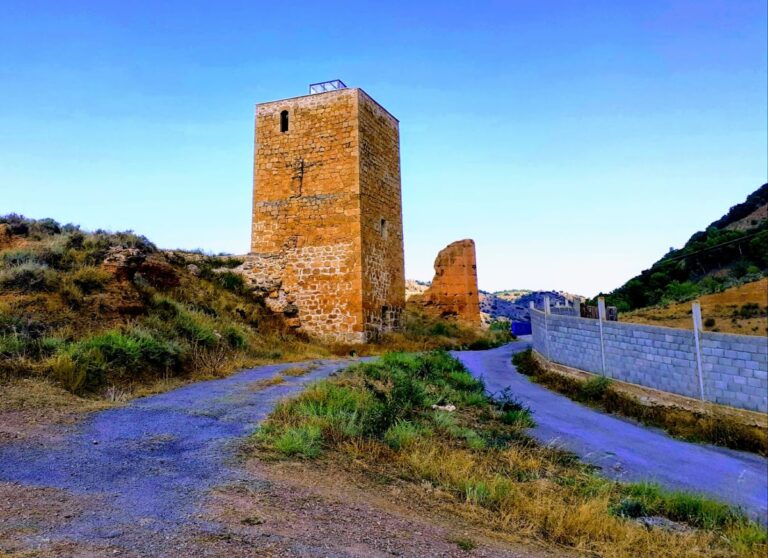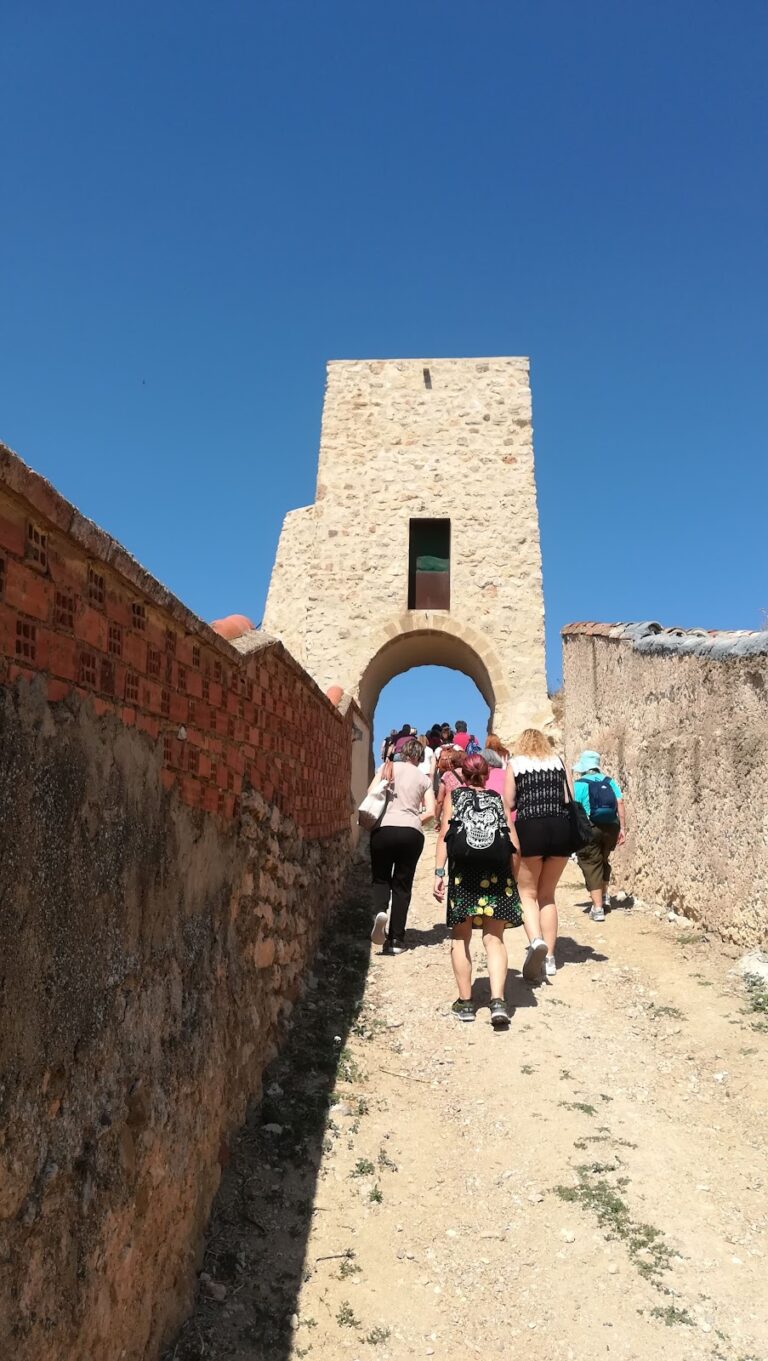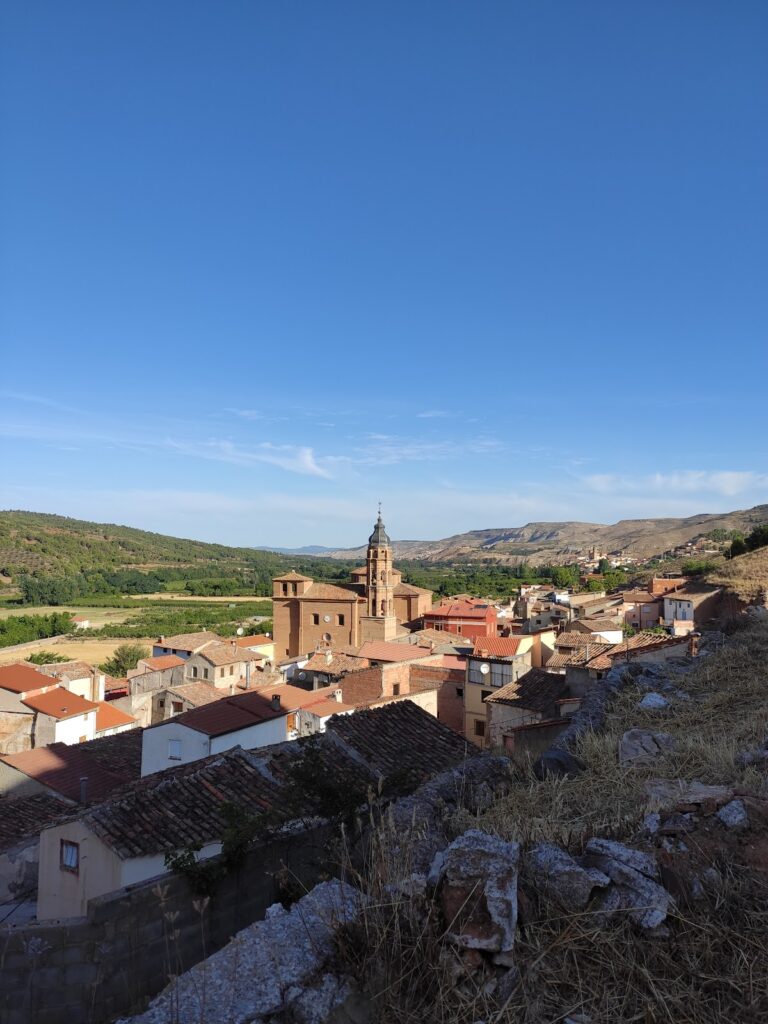La Morica Encantada: A Historic Muslim Fortress in Daroca, Spain
Visitor Information
Google Rating: 4.6
Popularity: Low
Google Maps: View on Google Maps
Official Website: xiloca.org
Country: Spain
Civilization: Unclassified
Remains: Military
History
La Morica Encantada is a historic Muslim fortress located in the town of Daroca, Spain. Its origins date back to the early medieval period when it was constructed by Muslim rulers as a stronghold and seat of local authority.
The castle’s initial construction began in the 9th century as a defensive alcazaba, a type of fortified enclosure typical in Muslim fortifications on the Iberian Peninsula. Its building continued over two centuries, reaching completion in the 11th century. During this period, the castle served both military and residential purposes, symbolizing Muslim governance in the region surrounding Daroca.
In the early 12th century, following the Almoravid conquest of Daroca in 1110, the fortress saw additional development. A notable figure during this time was the Muslim leader Aben Gama, who commissioned a palace within the castle walls. This period is also known for a poignant local legend involving Aben Gama’s residence: he lived there with Melihah, a woman whose tragic love story involved a Christian knight. This narrative, steeped in romance and conflict, remains linked to the site’s identity.
The castle’s military importance endured until the early 18th century. After the War of Spanish Succession, authority over the region shifted. In 1705, King Philip V ordered the dismantling of the fortress as a consequence of Aragon’s allegiance to Archduke Charles, the rival claimant to the Spanish throne. This decision effectively reduced the castle’s defensive role and began its gradual decline.
During the 19th century, the fortress was repurposed amid the Carlist Wars, a series of civil conflicts in Spain. At that time, the castle served as a military barracks; new buildings were erected within its confines to accommodate troops. Most of these later structures have not survived intact, but their foundations remain visible as traces of this adaptation.
In recognition of its historic value, the castle along with Daroca’s fortified town walls were declared a national monument in 1931. The Spanish government has since provided legal protections to preserve the site, with enhanced safeguards implemented in 2006. Today, La Morica Encantada stands as a testament to Daroca’s layered past, reflecting multiple phases of construction, occupation, and cultural memory.
Remains
La Morica Encantada is positioned atop a steep hill on the eastern side of Daroca, overlooking the town below. Its layout follows a rectangular plan fortified by square towers, some of which are notably larger and taller than others. The castle’s walls are primarily built using rough stone masonry, a technique involving irregular stones held together with mortar, commonly known as mampostería.
Among the fortification’s most distinctive features is the Torre de la Zoma, a tower constructed from carefully arranged stone masonry. Below this tower lies a deep and steep tunnel carved into the rock, equipped with stone stairs. This subterranean passage was engineered to grant access to an underground water source, ensuring the castle could sustain its water supply during sieges. Such a feature highlights the strategic planning involved in the fortress’s design.
Opposite the Torre de la Zoma is a large square cistern, or aljibe, used to collect and store rainwater. The presence of this sizable water reservoir provided a crucial resource, especially in times of blockade or drought. Both the tunnel and cistern illustrate the importance of water management in medieval fortifications.
Over the centuries, the castle has endured significant alterations and deterioration. The dismantling ordered in the early 1700s, combined with structural changes made during the 19th century when it served as military barracks, have resulted in much of the original construction being heavily damaged or lost. Some later military buildings were constructed on or near the castle site, but these are mostly reduced now to ruined rectangular foundations.
The ruins of La Morica Encantada remain alongside other nearby defensive structures, including the castles of Judería, San Cristóbal, and Anento. This proximity reveals the existence of a comprehensive defensive system protecting Daroca in medieval times. Despite the wear of time and human intervention, key elements of the castle’s layout and infrastructure survive, offering valuable insights into its historical role and the architectural techniques employed throughout its active centuries.










